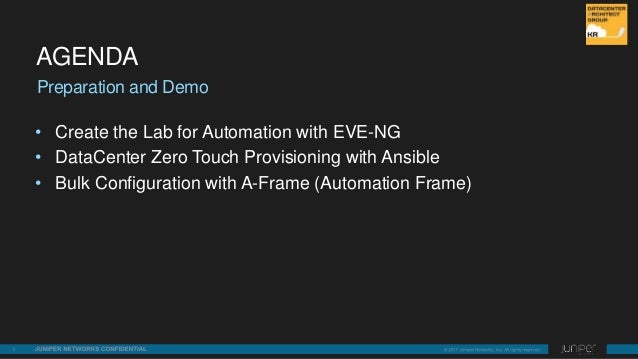Ansible With_template
There posts about on this blog before, so this one will not go into Ansible basics again, but focus on ways to improve your use of variables, often, but not only used together with the template module, showing some of the more involved features its -based implementation offers.The examples are mostly taken right out of our Ansible provisioning for CenterDevice, with only slight adaptations for conciseness.Basic Variable AccessThe bare metal machines we use as the basis for our OpenStack infrastructure have different capabilities. We use this information to set up host aggregates.The Ansible inventory sets a VENDORMODEL host variable for each machine.
nodes node01. Baremetal VENDORMODEL = 'Dell R510'node02.
Baremetal VENDORMODEL = 'Dell R510'node03. Baremetal VENDORMODEL = 'Dell R510'node04. Baremetal VENDORMODEL = 'Dell R510'node0x. Baremetal VENDORMODEL = 'Dell R420'nodes node01.baremetal VENDORMODEL='Dell R510' node02.baremetal VENDORMODEL='Dell R510' node03.baremetal VENDORMODEL='Dell R510' node04.baremetal VENDORMODEL='Dell R510' node0x.baremetal VENDORMODEL='Dell R420'For use in playbooks (and in templates) Ansible automatically puts it into the hostvars dictionary.

Ansiblehostname is just another regular variable expansion. Wirtualna drukarka pdf dobreprogramy windows 10. Name: Create temp file for some later taskcommand: mktemp /tmp /ansible.

XXXXXXXXXregister: tmpfile- name: Create temp file for some later task command: mktemp /tmp/ansible.XXXXXXXXX register: tmpfileUsing register like this captures the result of the command execution in a new dictionary variable called tmpfile. This contains, among other things, mktemp’s exit code and its standard out and standard err output. Knowing that mktemp prints the name of the created temp file to standard out lets us use it like so.
Configure Arista EOS with Ansibleis a core module managed by Ansible network team. As this module is part of the core, there is no need to install additional Ansible module with ansible-galaxyAs eos. modules are part of core engine, we can use ansible options to run tests and capture configuration changes when running playbooks:.check option: When ansible-playbook is executed with -check it will not make any changes on remote systems. Modules will report what changes they would have made rather than making them.diff option: When this flag is supplied and the module supports this, Ansible will report back the changes made or, if used with –check, the changes that would have been made. And finally, how to save configeosconfig module can automatically save config to the startupconfig.

It provides 3 different options to do that. The save action is started by either save or savewhen keywords:. save: automatically save the running-config to startup-config after any execution of the task. savewhen: gives an option to select when ansible save running-config to startup-config:. always: Equal to save keyword. modified: The running-config will only be copied to the startup-config if it has changed since the last save to startup-config. changed: (ansible = 2.5) The running-config will only be copied to the startup-config if the task has made a change.
Ansible Template With Loop
never: Well, running will never be copied to startup-config. Can be useful for validation purposeSo the last playbook should be like this one.